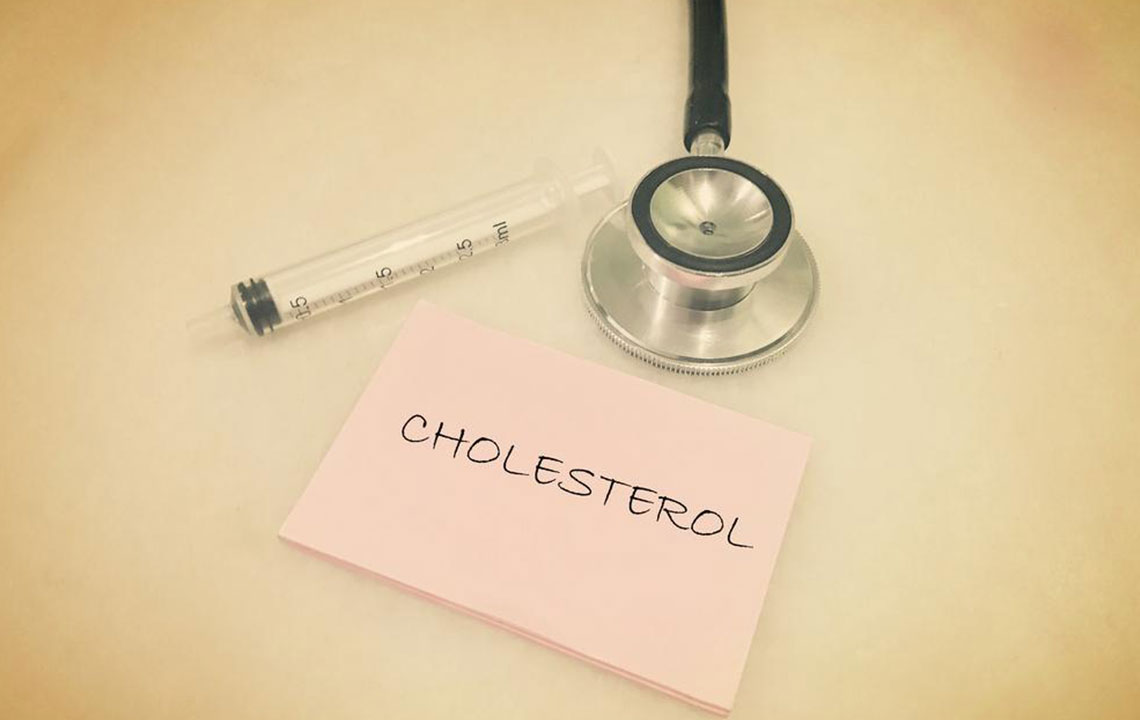Managing Life After a Congestive Heart Failure Diagnosis
This article discusses life after being diagnosed with congestive heart failure, emphasizing the importance of lifestyle changes, symptoms, types, and treatment options. It highlights how proper management and health-conscious choices can improve quality of life and prolong survival. Whether young or old, recognizing symptoms and adopting healthier habits are essential for managing this condition and maintaining heart health effectively.

Adapting to Life After a Congestive Heart Failure Diagnosis
Congestive heart failure occurs when the heart struggles to pump blood effectively, impacting essential bodily functions. This condition can be life-threatening since proper blood circulation is vital for survival. Adopting a healthy lifestyle, including a balanced diet and regular exercise, can reduce the risk of developing heart issues by up to 80%. Globally, approximately 40 million people are affected by heart failure, making awareness and prevention crucial.
Symptoms of heart failure vary, and it is classified into right-sided and left-sided failure. The left side pumps oxygen-rich blood from the lungs to the body, while the right side receives blood from the body and sends it to the lungs. Failure on either side causes fluid buildup and breathing difficulties. Although more common in the elderly, younger individuals can also be diagnosed, often due to poor lifestyle choices.
Common signs include shortness of breath during rest, activity, or when lying flat, as well as chest pain. Post-diagnosis, treatment aims to extend life and improve heart function by reducing fluid buildup and easing the heart's workload. Achieving recovery involves significant lifestyle changes, including diet modifications and tailored exercise routines based on the severity of heart failure. These adjustments become a vital part of managing the condition.
Heart failure management
Healthy lifestyle
Cardiac health
Blood circulation










